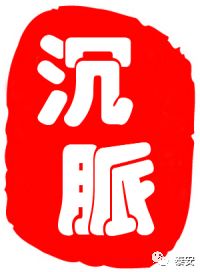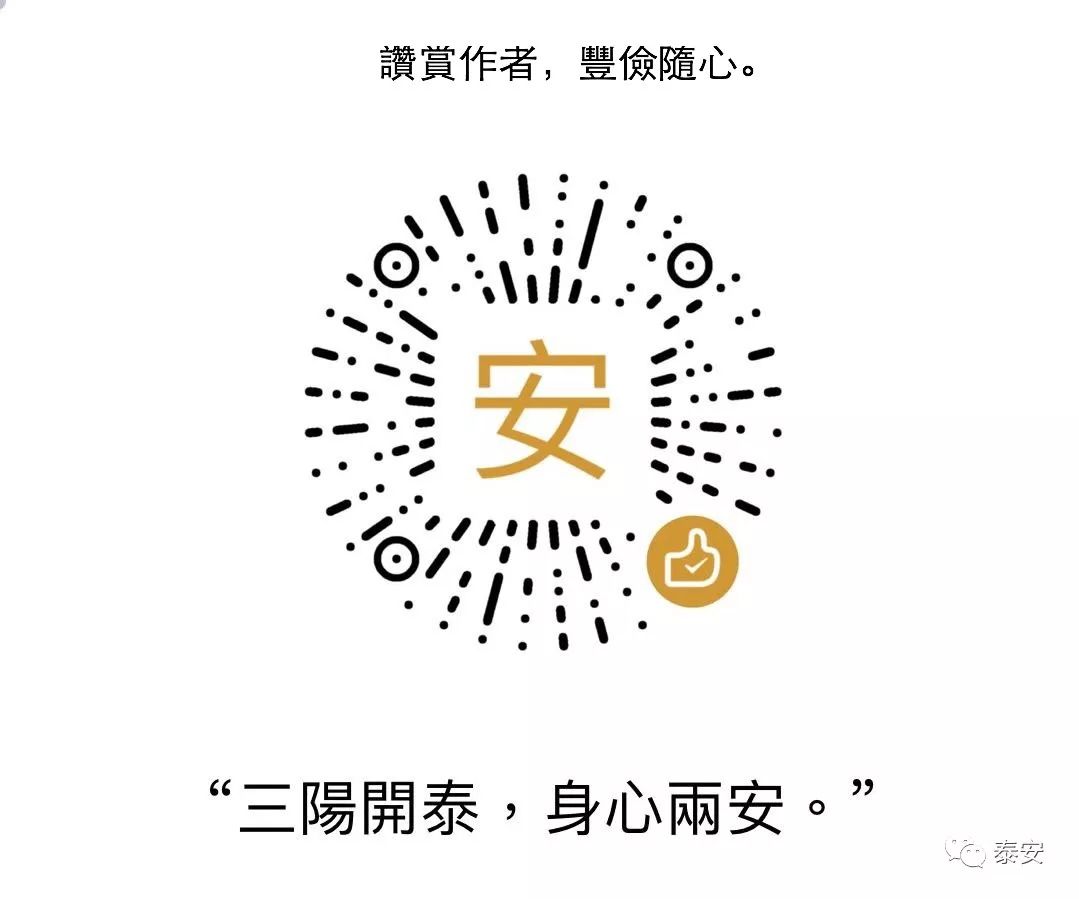
“Body Condition Poem“
Water flows moistening the deep pulse, soft and smooth between the muscles and bones.
For women, the depth is measured at the cun (寸) position, while for men, it is at the chi (尺) position; this is considered normal.
“Main Disease Poem”
The deep pulse indicates water accumulation in the yin channels, with symptoms of heat, delayed response, coldness, and phlegm.
Weak and deep indicates deficiency of qi, while deep and strong suggests accumulation and coldness.
“Shallow Explanation” – Hair, skin, flesh, muscles, bones, and marrow; the floating pulse is on the surface of the flesh, while the deep pulse is beneath it, hence the term “between the muscles and bones.” If it is at the marrow level, it is termed a hidden pulse. “Fire rises, water descends,” fire naturally rises, while water tends to flow downwards, thus the deep pulse is associated with sinking. A normal pulse has a strong root in the stomach and spirit, while the deep pulse merely indicates the position between the muscles and bones without accompanying pathological pulses. The description of “soft, smooth, and even” indicates that if it is also fine and soft, it is a weak pulse; if it is string-like, long, and strong, it can be a solid pulse. The pure deep pulse only indicates position, while the pulse strength and movement remain normal.
In the four seasons, the winter pulse is like a stone, based on the stomach qi as the foundation, combined with the stone pulse. The stone pulse differs from the deep pulse; it is based on the deep pulse but adds the characteristics of inward gathering and concealment, indicating a force that sinks inward. Spring brings growth, summer brings abundance, autumn brings harvest, and winter brings storage; storage implies both having already gathered within and the inherent nature of not dispersing. The stone pulse must possess these two characteristics.
In ancient times, women stayed at home, not exposing themselves, thus their qi mechanism did not express outwardly, resulting in a deep pulse at the cun position. Men, on the other hand, with multiple wives, often suffered from kidney essence depletion, leading to a deep pulse at the chi position. Nowadays, this is often not the case, and one should assess both chi positions for diagnosis.
The deep pulse is internal, with yin inside and yang outside, hence the term “yin channel disease.” The explanation of “water accumulation” is as previously stated. A deep pulse with rapid beats indicates internal heat, while a deep pulse with slow beats indicates internal cold. The rapid and slow pulses are assessed based on the pulse rate; a normal person has four to five beats per breath, three beats indicate slow, and six beats indicate rapid.
“Weak and deep indicates deficiency of qi, while deep and strong suggests accumulation and cold,” parallels the floating pulse where “floating and strong indicates wind-heat, while weak and floating indicates blood deficiency.” These two statements reveal that the pulse must be assessed in relation to its context. Chen Shi summarized this as “one sign, two divisions.” Any pulse type (here referring only to the twenty-eight or thirty types of pulse in the Xiangpai method, excluding the Li pulse and Xingpai methods, which have not been included in recent studies) should have a duality of solid/deficient or yin/yang. Specifically for the deep pulse, it travels through the muscles and bones, requiring a heavy hand to feel it; if it is strong upon pressure, it indicates sufficient qi, while if it is weak, it suggests insufficient upright qi, unable to raise the pulse to the surface, thus remaining trapped between the muscles and bones, indicating deficiency. If the pressure is sufficient, even to the point of being heavy-handed, it indicates qi stagnation, with the upright qi trapped by evil forces, indicating a solid sign, where the evil is strong but the upright qi is not diminished. A weak and deep pulse requires tonification, while a strong deep pulse requires purging; tonification and purging are different paths, yet both are found in the deep pulse, as they relate to “one sign, two divisions.”


